The significance of effective product pictures cannot be overstated. These visuals are not just images; they are the heartbeat of e-commerce, influencing customer decisions and shaping brand identities.
Enter Artificial Intelligence (AI) – a revolutionary force transforming the landscape of product photography. AI is not just a tool; it’s a game-changer, offering innovative solutions to age-old challenges in capturing the perfect product picture.
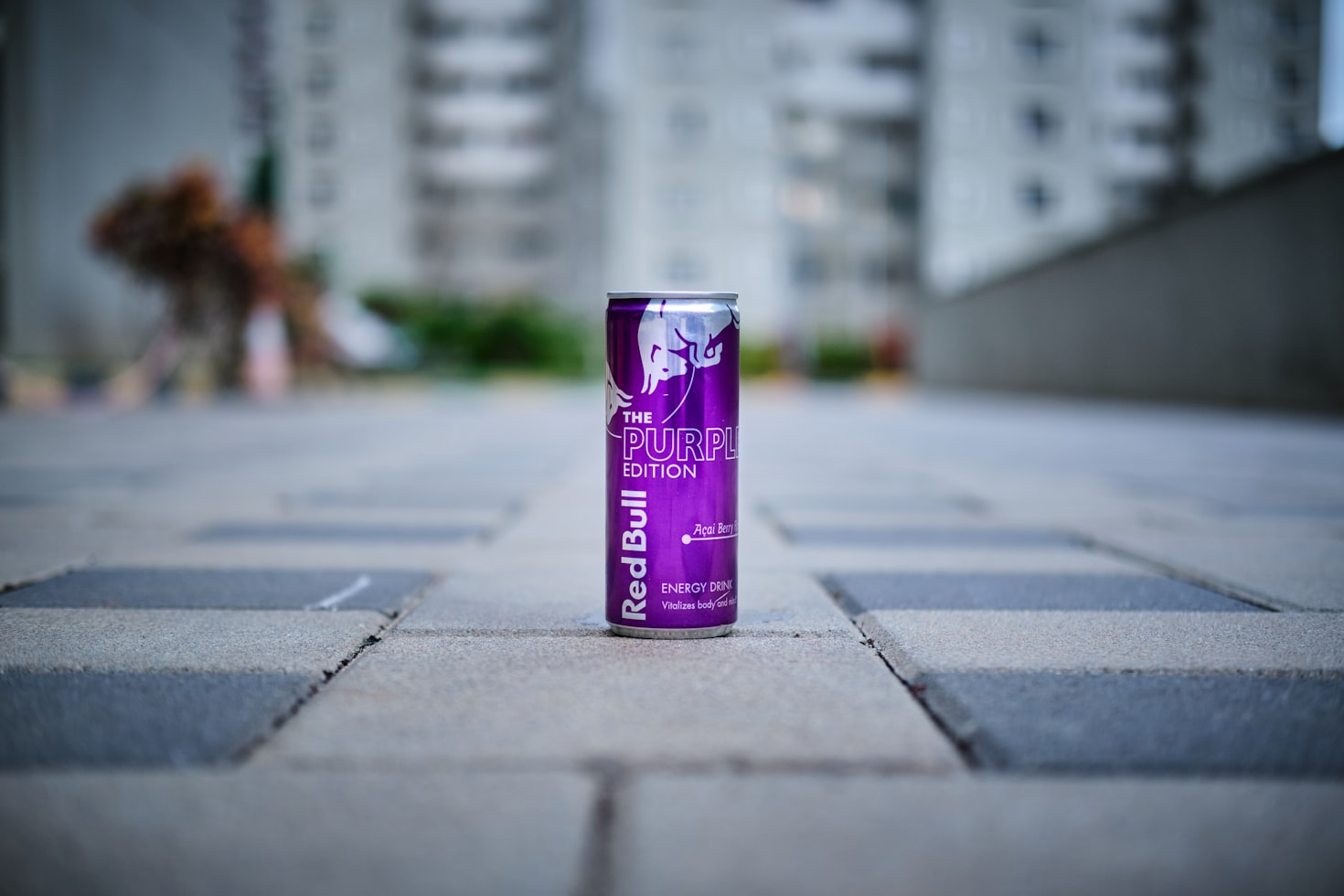
The Evolution of Product Photography
The journey of product photography from traditional methods to digital advancements is nothing short of remarkable. Gone are the days of cumbersome setups and manual adjustments. Technology, especially digital imaging, has paved the way for more efficient, high-quality visual content. This evolution is a testament to how technology continually reshapes our approach to product imagery, making it more accessible and effective.
Challenges in Creating Effective Product Pictures

Lighting Challenges
One of the biggest challenges in product photography is achieving consistent and flattering lighting. Poor lighting can result in dull, flat, or unevenly lit images that fail to showcase the product’s features effectively. Photographers must carefully consider the type of lighting, its intensity, and its direction to highlight the product’s texture, shape, and color accurately.
Additionally, different products may require different lighting setups, further complicating the process. Overcoming these challenges often involves using professional lighting equipment, diffusers, reflectors, and experimenting with various techniques to achieve the desired results.
Angles and Composition
Finding the right angles and composition for product photography can be a daunting task. Each product has unique features that need to be highlighted, and finding the most visually appealing perspective can be challenging. Photographers must consider factors such as the product’s size, shape, and intended use when determining the best angles.
Additionally, composition plays a crucial role in creating visually pleasing images. Balancing negative space, arranging props or backgrounds, and ensuring proper framing are all essential elements that contribute to effective product photography.
Consistency and Uniformity
Maintaining consistency and uniformity across a series of product images is vital for brand perception and customer trust. When customers browse through an online store or catalog, they expect a cohesive visual experience. However, achieving consistency can be difficult due to variations in lighting conditions, backgrounds, or even product colors.
Photographers must employ techniques such as color calibration, using color charts or reference objects, and maintaining meticulous attention to detail during post-processing to ensure that all images have a consistent look and feel.

Product Styling and Props
Product styling plays a significant role in creating visually appealing images. Choosing the right props, backgrounds, or settings that complement the product can enhance its appeal and create a desired mood or atmosphere. However, selecting the appropriate props and styling elements can be challenging. It requires a keen eye for aesthetics, understanding of the target audience, and the ability to create a cohesive visual story.
Additionally, photographers must strike a balance between showcasing the product and avoiding distractions that may take away from its main features.
Technical Challenges and Post-Processing
Product photography often involves technical challenges that need to be overcome during both the shooting and post-processing stages. Capturing intricate details, managing reflections or glare, and dealing with complex textures can be demanding.
Additionally, post-processing plays a crucial role in enhancing images and ensuring they meet the desired standards. This involves tasks such as color correction, retouching imperfections, and optimizing images for different platforms or mediums. Overcoming these technical challenges requires expertise in both photography techniques and post-processing software.
The Rise of AI in Product Photography
AI is revolutionizing product photography with tools and technologies that bring efficiency and innovation. From AI-powered editing to machine learning in image processing, AI is redefining what’s possible. Case studies across various industries reveal how AI implementation in product photography leads to stunning, sales-driving visuals, proving its indispensable value in this field.
AI Solutions to Common Photography Challenges
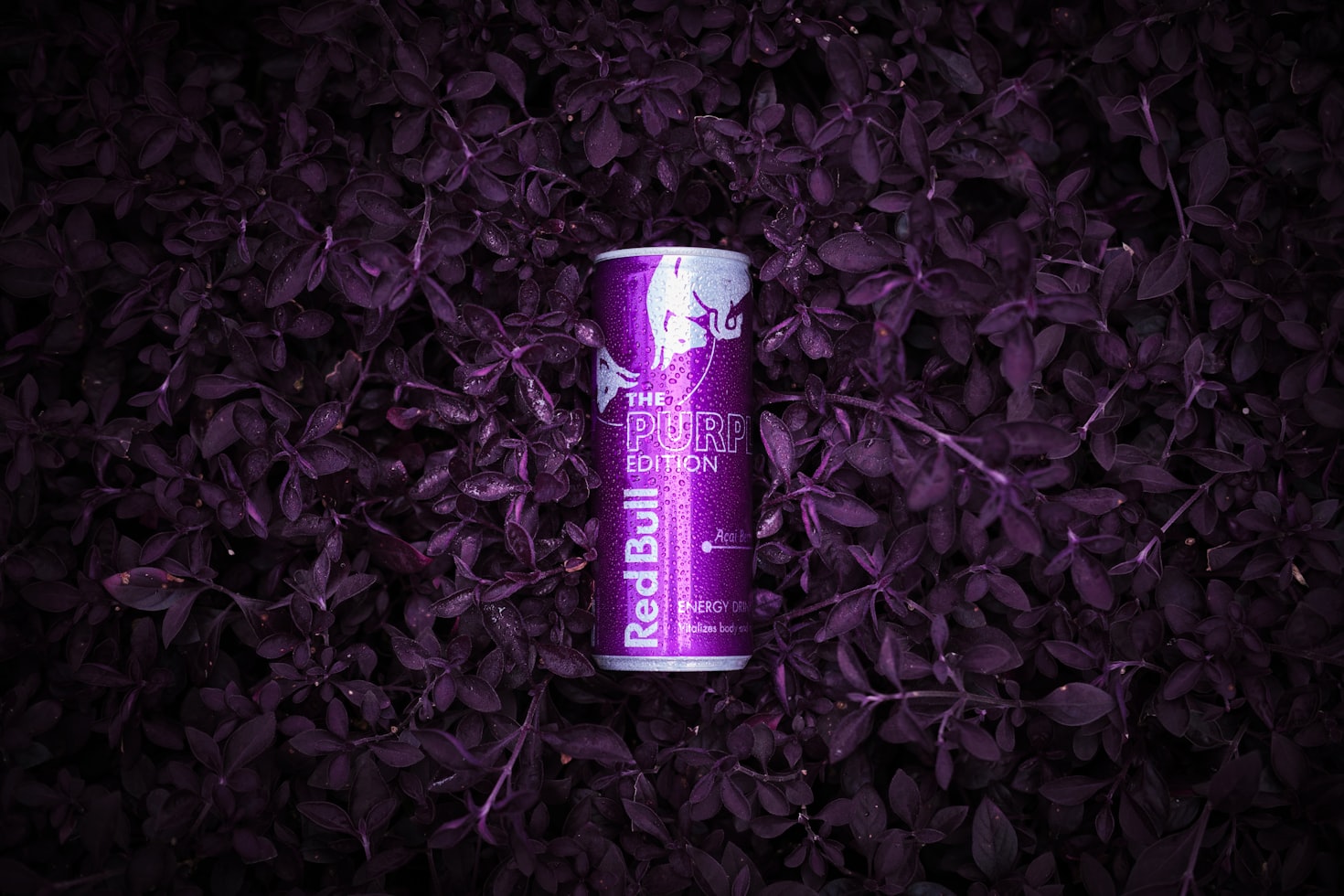
AI-powered Lighting Correction
AI solutions offer advanced algorithms that can automatically correct lighting issues in product photography. These algorithms analyze the image and adjust the exposure, brightness, and contrast levels to ensure optimal lighting conditions.
By intelligently balancing the light distribution, AI can eliminate inconsistencies and create well-lit images that showcase the product’s features accurately. This saves photographers time and effort in manually adjusting lighting setups and ensures consistent results across a series of perfect photos.
Background Removal and Object Segmentation
One common challenge in product photography is removing the background to create a clean, isolated product image. AI-powered tools excel in object segmentation, accurately identifying the product and separating it from its background.
These tools use advanced machine learning algorithms to detect edges, contours, and textures, allowing for precise background removal. This capability not only saves photographers from tedious manual editing but also enables them to easily place products on different backgrounds or incorporate them into various marketing materials seamlessly.
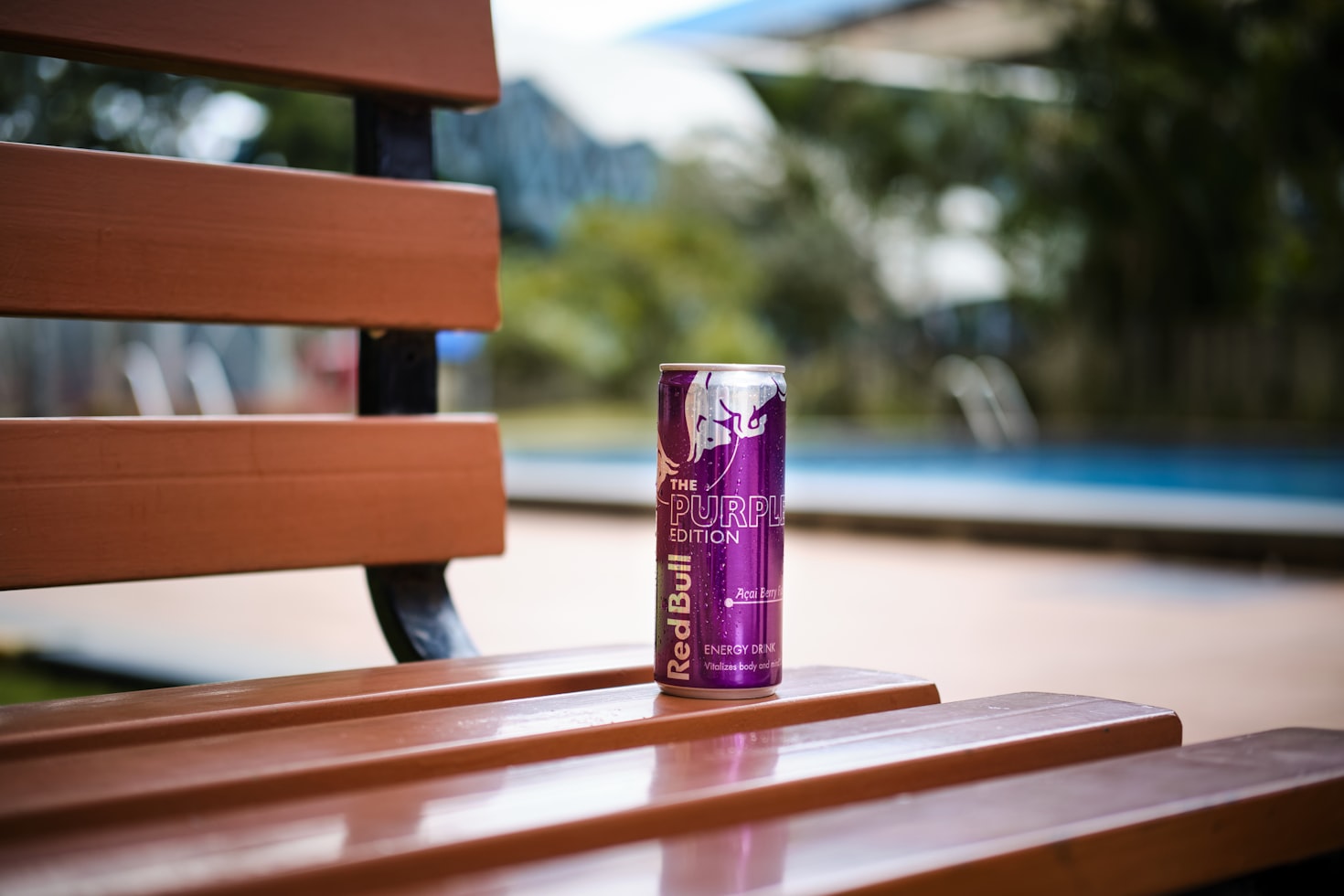
Image Enhancement and Retouching
AI solutions can significantly enhance product images by automatically adjusting colors, sharpness, and overall image quality. These tools employ deep learning algorithms to analyze and understand image content, enabling them to enhance specific areas while preserving overall image integrity.
They can remove noise, correct imperfections, and even simulate professional retouching techniques for a polished final result. With AI-powered image enhancement, photographers can quickly achieve visually appealing images that grab attention and entice potential customers.
Style Transfer and Creative Effects
AI technology also offers photographers the ability to experiment with different styles and creative effects effortlessly. Style transfer algorithms can apply artistic filters or mimic the look of famous photographers to give product images a unique and eye-catching appearance. By adding creative effects through AI, photographers can create compelling product images that stand out from the competition and leave a lasting impression on viewers.
Automated Batch Processing and Optimization
AI solutions streamline the process of editing and optimizing large batches of product images. With automated batch processing, photographers can apply consistent edits, such as cropping, resizing, or watermarking, to multiple images simultaneously. AI algorithms can also optimize beautiful backgrounds for different platforms or mediums, ensuring they meet specific requirements without sacrificing quality. This saves photographers valuable time and effort, allowing them to focus on other aspects of their work while maintaining a high level of efficiency and productivity.
Practical Tips for Implementing AI in Product Photography
Research and Select the Right AI Tools
Before implementing AI in product photography, it is crucial to conduct thorough research and identify the AI tools and software that best suit your needs. Look for solutions that offer features like lighting correction, background removal, image enhancement, and batch processing.
Consider factors such as ease of use, compatibility with your existing photography workflow, and the reputation of the AI provider. Reading reviews, seeking recommendations from industry peers, and testing out trial versions can help you make an informed decision.
Define Your Objectives and Prioritize Areas for Improvement
Clearly define your objectives for implementing AI in product photography. Identify the specific challenges you want to address, such as inconsistent lighting, time-consuming background removal, or the need for image enhancement.
Prioritize these areas based on their impact on your product marketing efforts. By focusing on the most critical areas first, you can maximize the benefits of AI implementation and gradually expand its usage to other aspects of your photography workflow.
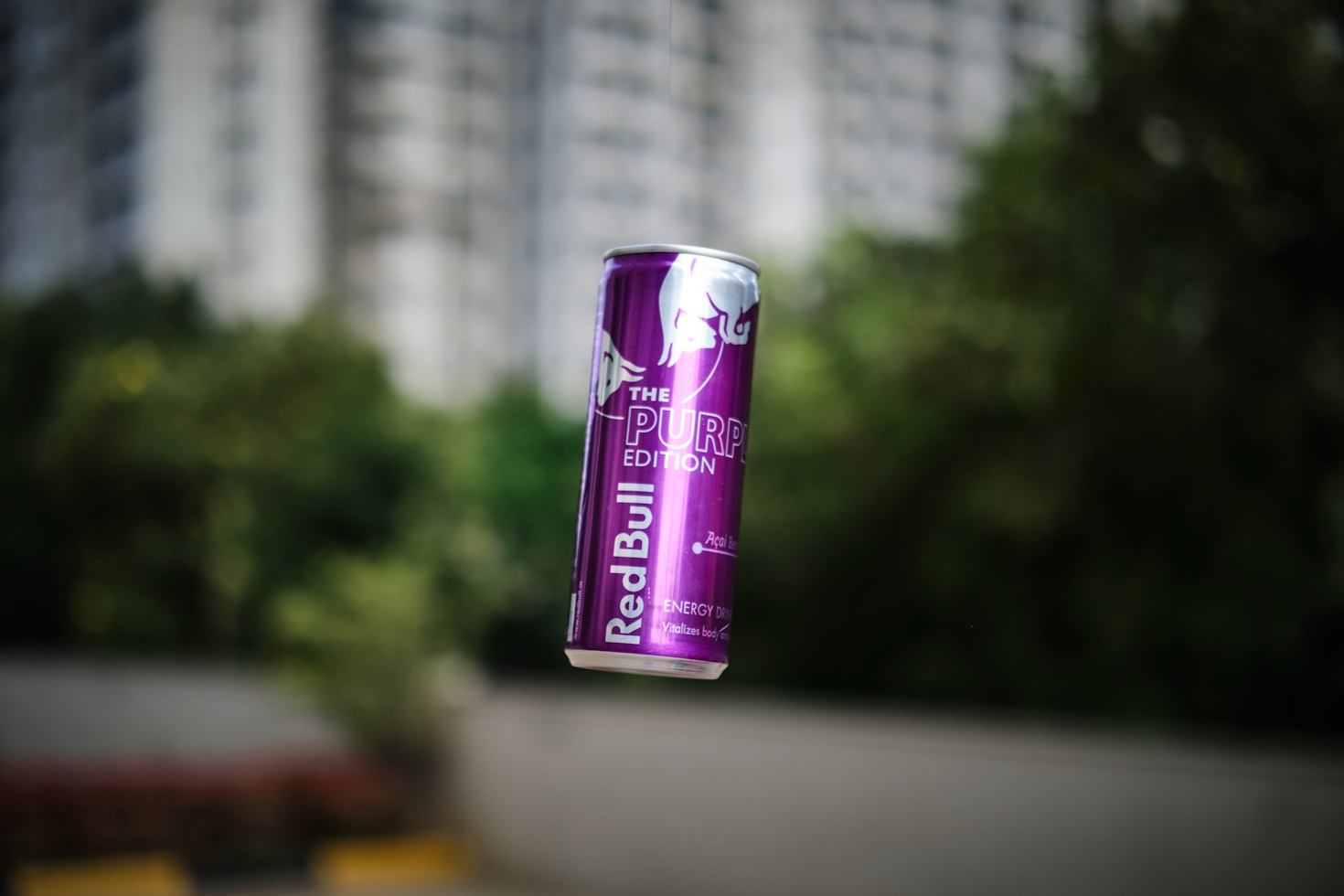
Start with Image Quality Improvement
Begin implementing AI by focusing on image quality improvement. This includes addressing issues like exposure, color accuracy, sharpness, and noise reduction. AI-powered tools can automatically adjust these parameters to enhance the overall visual appeal of your product images. By starting with image quality improvement, you can quickly see the impact of AI on your photography process and ensure that your product images meet the highest standards.
Explore AI Automation in Photography
Once you have successfully implemented AI for image quality improvement, consider exploring automation in photography. Look for AI tools that offer features like batch processing, which allow you to apply consistent edits to multiple amazon pictures simultaneously. This saves time and effort by eliminating repetitive manual tasks. Additionally, consider AI solutions that offer automated background removal or object segmentation capabilities. These features can significantly speed up the process of isolating products from their beautiful background, enabling you to quickly create clean and professional-looking product images.
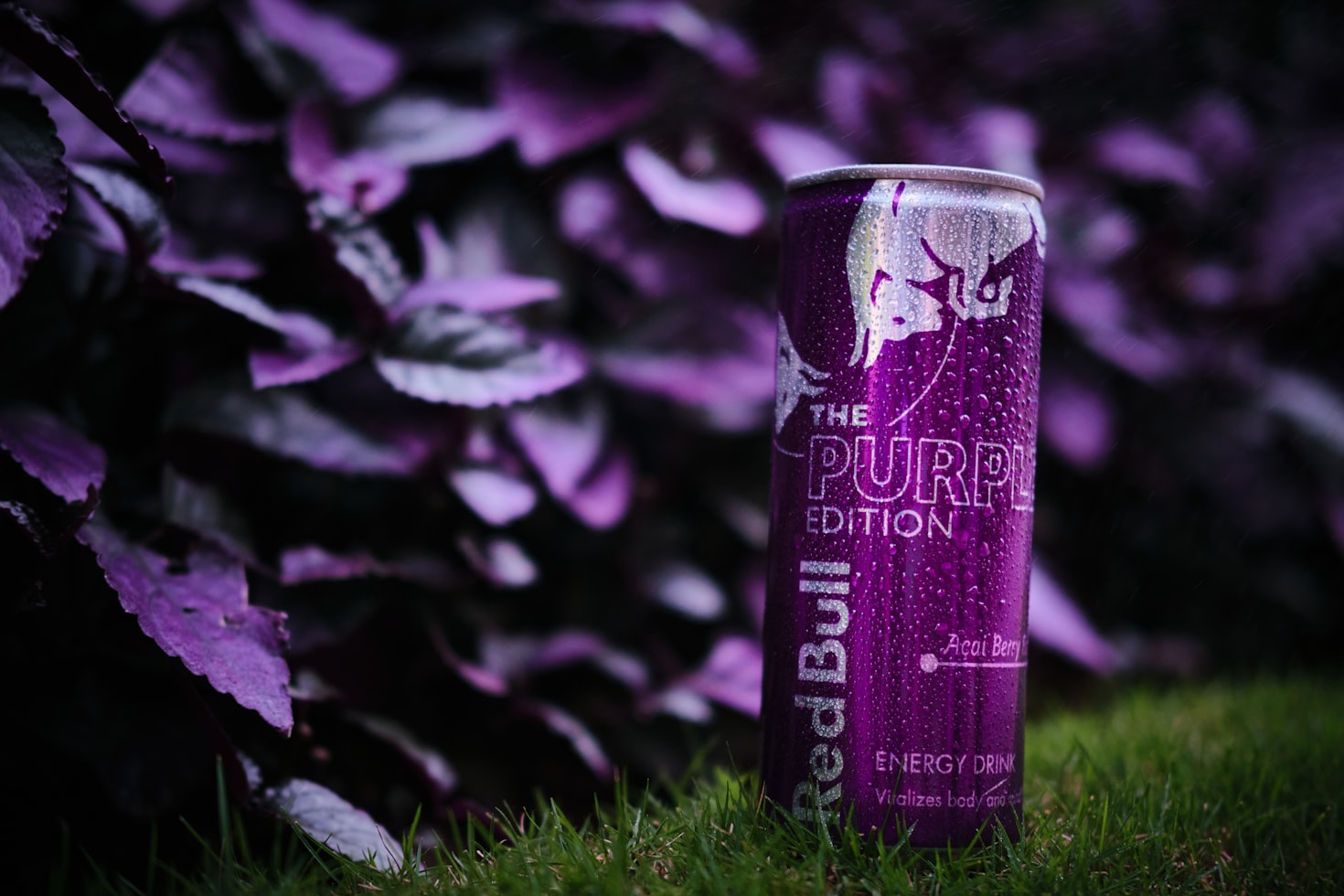
Monitor and Evaluate Results
As you implement AI in product photography, it is essential to monitor and evaluate the results. Regularly review the quality of your product images and compare them to your previous workflow. Assess the impact of AI on factors like image consistency, time savings, and customer engagement. Collect feedback from your team and customers to gauge their satisfaction with the improved product images. This evaluation process will help you identify any areas for further improvement or adjustments in your AI implementation strategy.
Stay Updated with AI Advancements
AI technology is continuously evolving, so it is crucial to stay updated with the latest advancements in the field. Follow industry news, attend conferences or webinars, and engage with AI communities to stay informed about new tools, techniques, and best practices. By staying up-to-date, you can ensure that your AI implementation remains effective and relevant in an ever-changing landscape.
Conclusion
AI’s role in product photography is transformative. It’s not just about better pictures; it’s about redefining the way brands present themselves in the digital world. Embracing AI in product photography is not just a trend; it’s a strategic move towards better, more effective brand representation.
With ProductScope’s revolutionary AI Photoshoot feature, your imagination is the only limit. Transform your product’s context with stunning, high-quality images that bring your vision to life. And the best part? Achieve this at a fraction of the cost of a professional photoshoot, without compromising on quality. Click here to start your AI-powered photoshoot journey!
Sign Up for ProductScope AI Today!
FAQs
How Does AI Improve Product Photography?
AI photos revolutionizes product photography by automating complex editing processes, enhancing image quality, and providing creative solutions like background removal. These advancements make product pictures more appealing and consistent, crucial for e-commerce success.
What Are the Common Challenges in Product Photography?
Key challenges in product photography include achieving consistent lighting, maintaining high image quality, accurate color representation, and creating compositions that effectively showcase product features.
Can AI Replace Professional Photographers in Product Photography?
Free AI photo generator significantly aids in editing and enhancing images but currently serves as a complement to the creative expertise of professional photographers, rather than a replacement.
How Does AI Help in Overcoming Lighting Challenges in Photography?
AI photo editor overcomes lighting challenges by automatically adjusting key elements like brightness, contrast, and exposure, and simulating natural lighting conditions to enhance image quality.
What Role Does AI Play in E-commerce Product Imaging?
In e-commerce, AI is crucial for creating amazon photos, consistent product photography, essential for attracting customers, enhancing user experience, and boosting sales.
How can I make my product pictures better?
Use high-resolution images, proper lighting, a clean background, and editing tools to enhance clarity, colors, and details.
Why is a product photo very important?
A high-quality product photo builds trust, grabs attention, showcases details, and influences buying decisions, ultimately boosting sales.
What makes a picture effective?
An effective picture is clear, well-lit, high-resolution, and visually appealing, highlighting key features and evoking the right emotions.
How to make product photos with AI?
Use AI-powered tools like Remove.bg, Canva, or Adobe Sensei to automate background removal, enhance details, and generate realistic product images.

